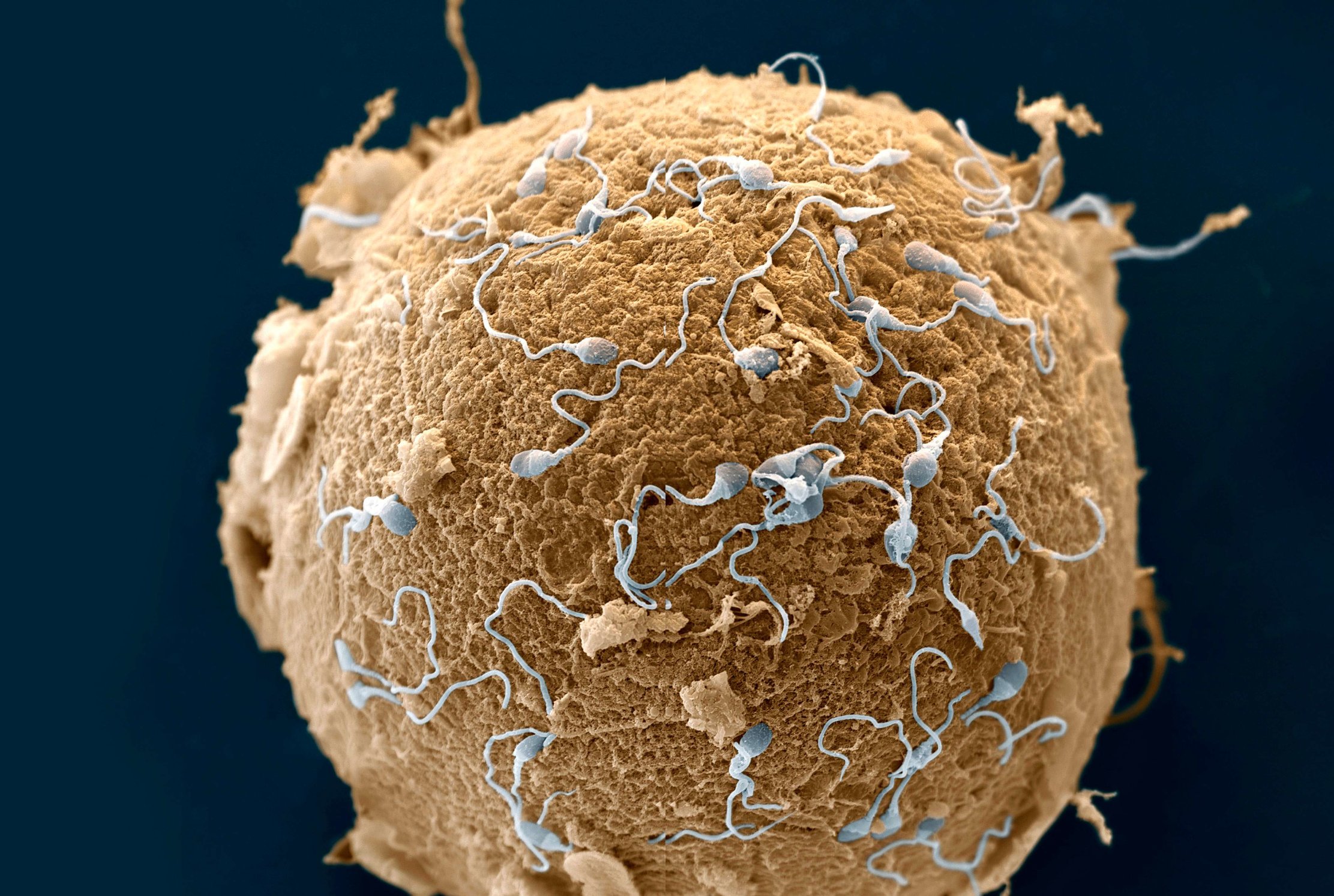SOLAR CYCLE ACTIVITY REPORT AUGUST 22_2023
Solar activity has been at low levels for the past 24 hours.The largest solar event of the period was a C4 event observed at 07:53 UTC on August 21
There are currently 8 sunspot regions on the solar disk: AR3403, AR3404 AR3405, AR3407, AR3411, AR3412 and new regions AR3413,
AR3414

AR3409 is gone
Total number of sunspots has increased to 102 (22 of these are grouped into 8 active regions) NOAA forecasts for the next 24h: 99% chance for C flares, 15% chance for M flares and 1% chance for X flares. All regions have stable magnetic fields.
● Auroral Activity
The geomagnetic field has been at quiet to unsettled levels for the past 24 hours. On August 21 Solar wind speed reached a peak of 686 km/s (Moderately high speed) at 22;40 UTC. Total IMF reached 7 nT at 22:52 UTC
Aurora Oval Bz: -2.24 nT South

● Current Conditions at 04:00 UTC on August 22
▪︎ Geospace quiet (kp 2)
▪︎ Solar wind speed record: 521 km/sec (Moderately high speed)
▪︎ density: 1.49 p/cm³ (low density)
▪︎ Interplanetary Magnetic Field (IMF)
Bt: 2.28 nT
▪︎ Neutron Counts today: - 3.6% (Low)
▪︎ X-ray Solar Flare: C5 at 00:00 UTC
▪︎ Sunspot number: 102 (SN 93 August 21)
▪︎ Spotless Days 2023 total: 0 days (0%)
▪︎ There are no significant equatorial coronal holes on the Earthside of the sun.
..
SpaceWeatherlive.com
SpaceWeather.com
Solar activity has been at low levels for the past 24 hours.The largest solar event of the period was a C4 event observed at 07:53 UTC on August 21
There are currently 8 sunspot regions on the solar disk: AR3403, AR3404 AR3405, AR3407, AR3411, AR3412 and new regions AR3413,
AR3414
AR3409 is gone
Total number of sunspots has increased to 102 (22 of these are grouped into 8 active regions) NOAA forecasts for the next 24h: 99% chance for C flares, 15% chance for M flares and 1% chance for X flares. All regions have stable magnetic fields.
● Auroral Activity
The geomagnetic field has been at quiet to unsettled levels for the past 24 hours. On August 21 Solar wind speed reached a peak of 686 km/s (Moderately high speed) at 22;40 UTC. Total IMF reached 7 nT at 22:52 UTC
Aurora Oval Bz: -2.24 nT South
ARCTIC AURORA SEASON BEGINS EARLY: A fast stream of solar wind hit Earth over the weekend, sparking a rare display of August auroras around the Arctic Circle. "On Saturday, Aug. 19th, I got to see my first Northern Lights of the season," reports Göran Strand, who sends this picture from Östersund, Sweden (latitude +63N):
In the Arctic, August auroras are extra-special because the glow of the Midnight Sun has not yet faded away. This gives observers a chance of see a mix of colors: Twilight blue and geomagnetic green. "Blue night-sky auroras are so beautiful with a warm horizon at the bottom," notes Strand.
More than 200 km inside the Arctic Circle, an automated camera at the STF Turiststation in Abisko, Sweden, photographed the same display. "This is the earliest we have seen auroras in at least 17 years," says Chad Blakley of Lights over Lapland. "Our automated camera has been in operation since 2005-2006. I checked the archives. Aug. 19, 2023, is the earliest display on record, edging out Aug. 20, 2013 by a single day.
The early start to aurora season highlights the increasing strength of Solar Cycle 25, now racing toward a Solar Max expected as early as next year. Earth's magnetosphere is buzzing with energy, and it only takes a single stream of solar wind to light up our planet's poles. Note to Arctic sky watchers: Be alert for green+blue in the weeks ahead as the Midnight Sun fades to black SpaceWeather.com
● Current Conditions at 04:00 UTC on August 22
▪︎ Geospace quiet (kp 2)
▪︎ Solar wind speed record: 521 km/sec (Moderately high speed)
▪︎ density: 1.49 p/cm³ (low density)
▪︎ Interplanetary Magnetic Field (IMF)
Bt: 2.28 nT
▪︎ Neutron Counts today: - 3.6% (Low)
▪︎ X-ray Solar Flare: C5 at 00:00 UTC
▪︎ Sunspot number: 102 (SN 93 August 21)
▪︎ Spotless Days 2023 total: 0 days (0%)
▪︎ There are no significant equatorial coronal holes on the Earthside of the sun.
..
SpaceWeatherlive.com
SpaceWeather.com




